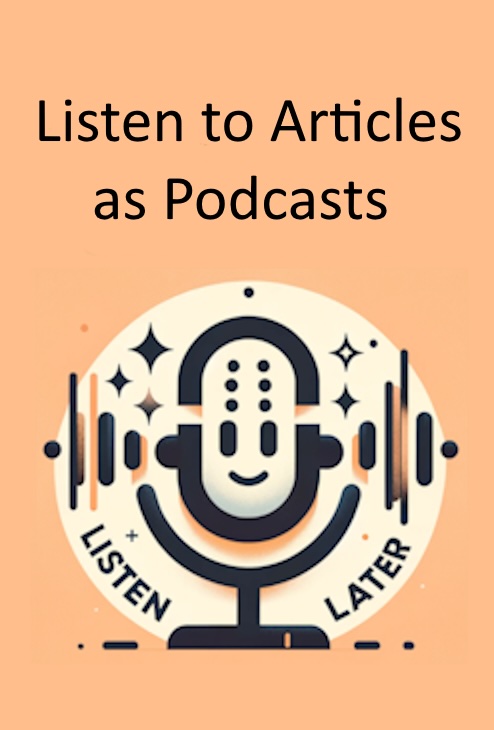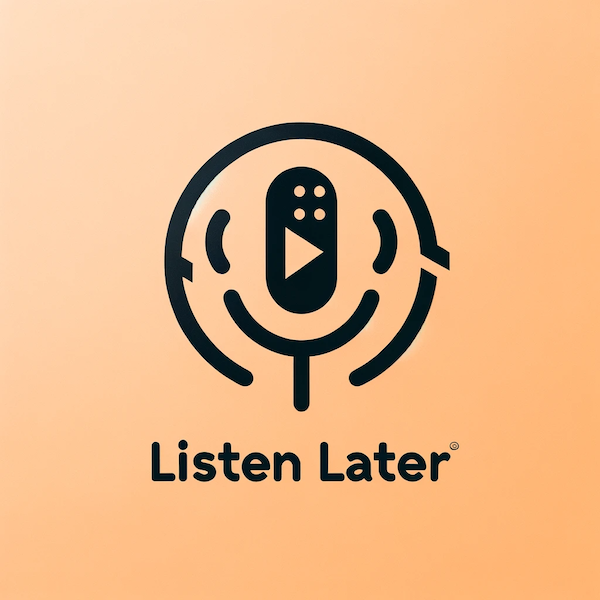Slop Is a Good Name for Unwanted A.I.-Generated Material ⇥ simonwillison.net
“Gabe” on Twitter [sic]:
it’s cool how every google search now starts with a wall of LLM slop that is completely useless and takes up half the screen
Via Simon Willison:
Not all promotional content is spam, and not all AI-generated content is slop. But if it’s mindlessly generated and thrust upon someone who didn’t ask for it, slop is the perfect term for it.
Because it is such a buzzy field and an indicator of a company’s technological savviness, it serves many businesses to loudly trumpet how well they are adapting. Masking human help and borderline fraud are useful for looking cleverer than one actually is. Pushing A.I. — especially by using that terminology — is also very important for them.1
Google’s answer was probably fully generated by a computer; I do not think it is engaging in fraud. But it is advantageous to show that Google is really, really doing “A.I.”, even if this specific example provides little advantage over a typical Google snippet, and ensuring the AirPods marketing page and some third-party reviews are the first results.
-
From a purely language-based perspective, one will note Apple is no longer holding on to “machine learning” and has eagerly embraced “A.I.” in its products. ↥︎

